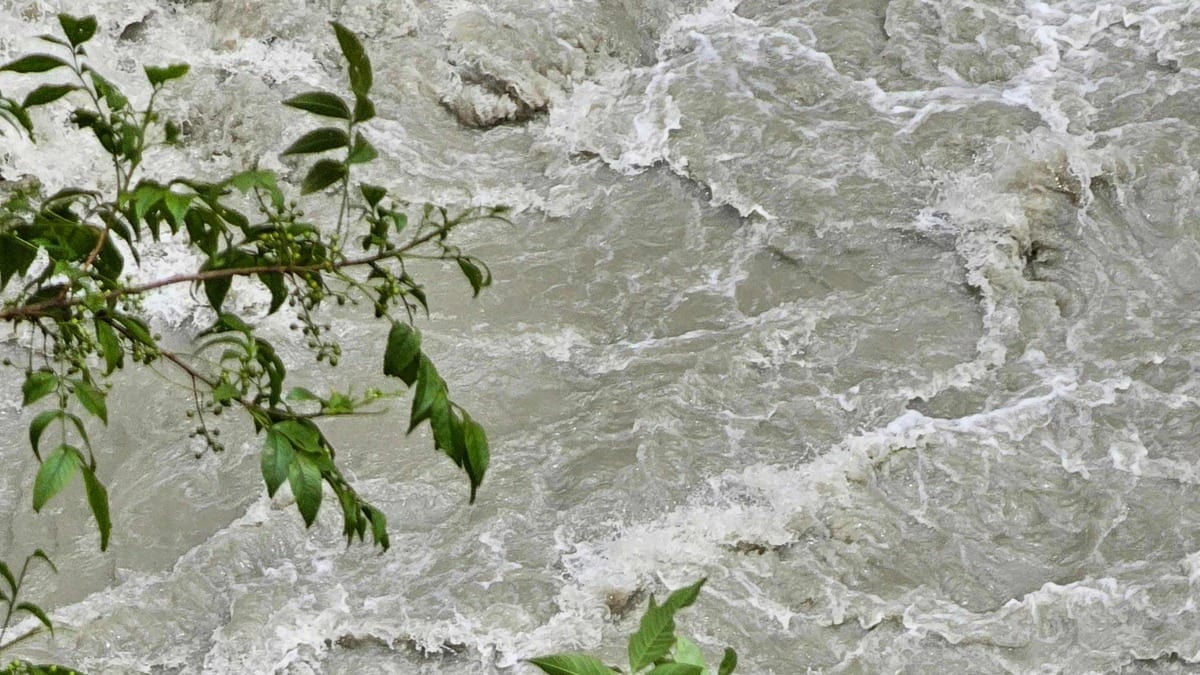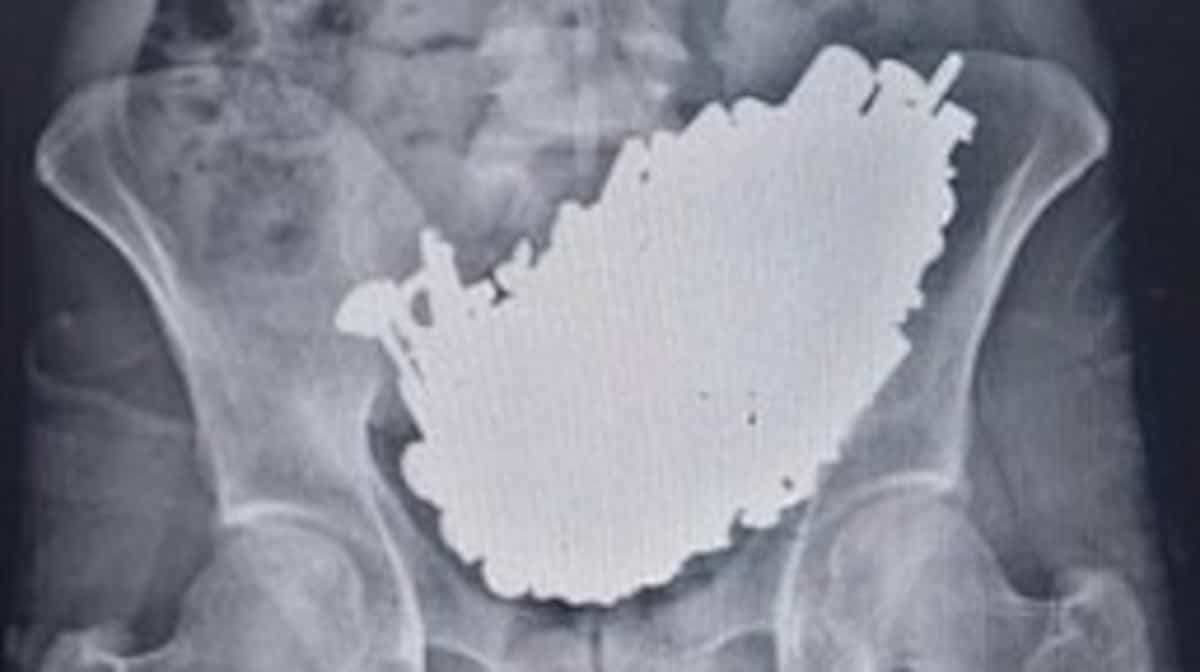
On Sunday afternoon, a huge massif broke off the Marmolada glacier, the largest in the Italian Alps, causing an avalanche that left at least six dead and eight injured.
Relief spokeswoman Michela Canova told AFP early in the evening that the death toll, which initially had been five, had risen to “six confirmed victims.”
She added that eight wounded were also deprived: two of them were taken to Belluno hospital, another more serious to Treviso, and five to Trento, without giving details of the nationality of the victims.
Several helicopters were deployed to the site to participate in rescue operations and monitor the development of the situation. In fact, this collapse occurred the day after a record temperature ten degrees above the glacier.
According to Renato Colucci, a glaciologist quoted by the Italian agency AGI, this phenomenon “must repeat itself”, because “the temperatures at alpine altitudes for weeks have been well above normal values”.
“An avalanche of ice, ice and rocks fell on the access road when there were a number of tight parties, some of which were swept away,” a rescue spokeswoman described. “The final number of climbers involved is not yet known,” she added.
According to the Civil Protection Department of the nearby (northeast) Veneto region, “all rescue teams in the area have been mobilized”, including dog units.
The glacier collapsed near the Punta Roca area, along the route normally taken to reach its summit.
Footage filmed from a shelter near the disaster shows snow mixed with boulders rolling down the mountain slopes with a crashing sound. Other photos taken by tourists on their mobile phones from afar show the gray tongue of the avalanche sweeping away everything in its path, leaving no chance for climbers in its path.
In the images relayed by the Alpine rescue operation, we can see rescuers working near the disaster site. They are flown by helicopters to transport the victims in the valley to the village of Kanazei, not far from where the cable car leaves. to the top of the iceberg.
The work of the rescuers was especially difficult, because they had to dig out the bodies from the inclusions of ice mixed with rocks in their place.
A cell of psychologists was also activated to help the relatives of the victims.
According to scientist Renato Colucci, “It is possible that the intense heat of the past few days (…) has produced a large amount of liquid water from the melting of the glacier and its accumulation at the base of the block” leading to the collapse of the lack of support.
The Marmolada glacier, nicknamed the “Queen of the Dolomites,” is the largest glacier in this mountain range in northern Italy, part of the Alps. Located in Trentino, it generates the Aficio River and overlooks Lake Vidaia.
According to an Intergovernmental Panel on Climate Change report published on March 1, melting snow and ice is one of the 10 major threats posed by global warming, disrupting ecosystems and threatening some infrastructure.
According to the Intergovernmental Panel on Climate Change, glaciers in Scandinavia, Central Europe and the Caucasus could lose 60 to 80% of their mass by the end of the century. The traditional life of people like the Sami in Lapland, who practice reindeer herding, has already been disrupted.
In Canada and Russia, thawing permafrost hampers economic activities.






